Naranjilla Propagation: Tips For Growing New Naranjilla Trees
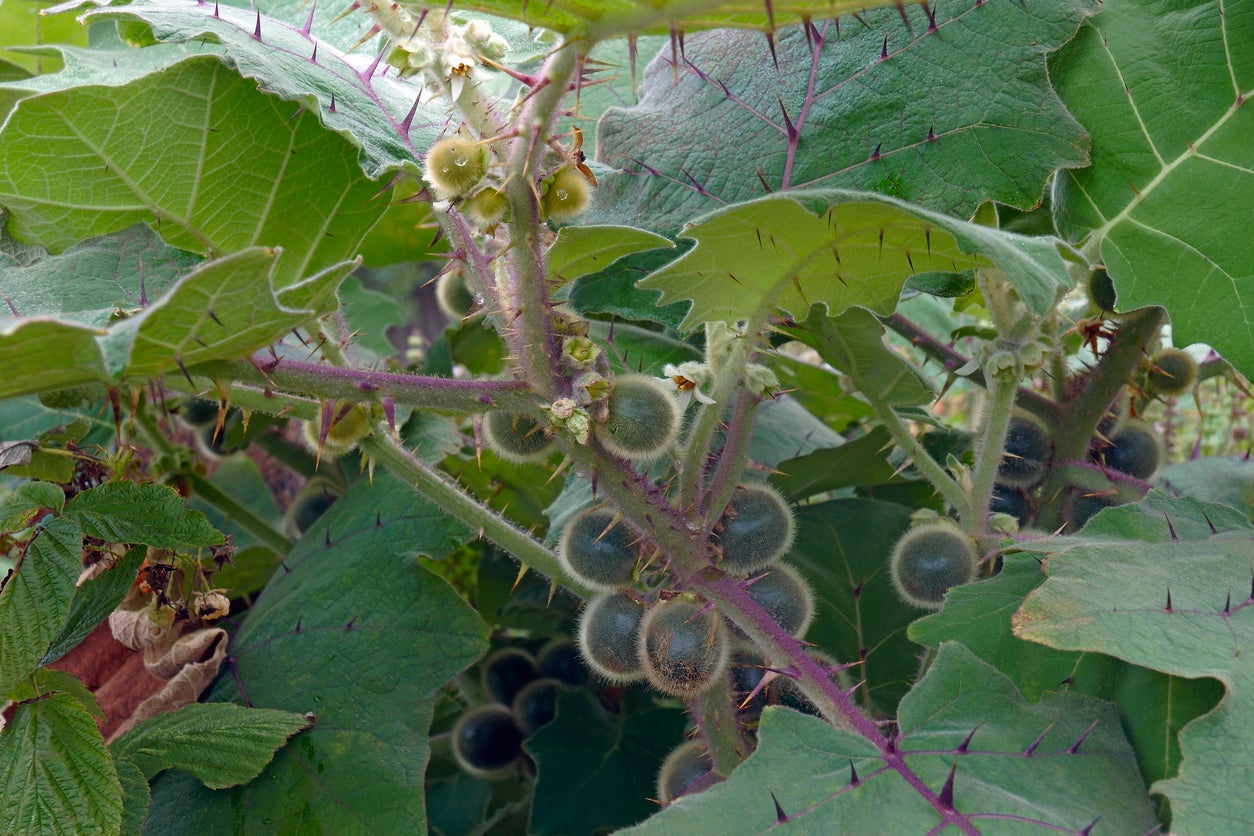

Of the nightshade family, naranjilla trees provide an interesting fruit divided by membrane walls. A common name of “little orange” might lead one to think it is a citrus, but it is not. However, the taste is similar to a tart pineapple or lemon. If you want to grow this unusual specimen or have one and wish for more, let’s learn how to propagate naranjilla.
Naranjilla Propagation
It is not difficult to propagate this plant, but be prepared with long sleeves and heavy gloves, as the spiny leaves can be painful. Or look for the spineless types, not as readily available, but sometimes sold in exotic nurseries.
How to Propagate Naranjilla Seed
Most grow little orange from seeds. Seeds must be washed, air dried, and treated with a powdered fungicide. This helps to somewhat decrease the root-knot nematodes that occasionally plaque the plant.
According to naranjilla propagation information, seeds are best sprouted in January (winter) and kept inside until soil temperatures warm to 62 degrees F. (17 C.). Treat seeds as you would when sprouting tomato seeds.
Fruit appears 10 to 12 months after planting seeds out. That said, it does not always fruit in the first year. Plant seeds into a partially shady area, as naranjilla cannot grow in full sun. It prefers temperatures below 85 degrees F. (29 C.). Once it begins fruiting seasonally, it will fruit for three years.
A sub-tropical plant, naranjilla self-seeds readily in areas without frost or freeze. When growing in colder areas, winter protection is needed for this plant. Growing in a large container allows the plant to be moved indoors.
Other Methods for Propagating Naranjilla Trees
To get started with growing new naranjilla fruit trees, you may want to graft a small, healthy limb into a rootstock that deters the root-knot nematodes. Sources say it can be cleft-grafted onto potato tree seedlings (S. macranthum) that have grown 2 feet (61 cm.) and cut back to about 1 foot (31 cm.), split down the center.
Gardening tips, videos, info and more delivered right to your inbox!
Sign up for the Gardening Know How newsletter today and receive a free copy of our e-book "How to Grow Delicious Tomatoes".
The tree may also be propagated by hardwood cuttings. Make sure conditions in your area support growing naranjilla trees for best results.

Becca Badgett was a regular contributor to Gardening Know How for ten years. Co-author of the book How to Grow an EMERGENCY Garden, Becca specializes in succulent and cactus gardening.
-
 Moody Blooms For Spring: 8 Types Of Black Flowers To Add Drama To Spring Displays
Moody Blooms For Spring: 8 Types Of Black Flowers To Add Drama To Spring DisplaysFrom midnight burgundies to inky violets, several types of black flowers can enrich and embolden a spring display. Try these brooding bloomers for a moody garden
By Tonya Barnett
-
 My Homemade Orchid Fertilizer Always Brings More Blooms – Here's The Easy Recipe That Transforms Plants
My Homemade Orchid Fertilizer Always Brings More Blooms – Here's The Easy Recipe That Transforms PlantsScientist-turned-gardener Mary Ellen Ellis shares her tried-and-tested DIY orchid fertilizer recipe, plus more ingredients to try for healthy, happy plants.
By Mary Ellen Ellis
-
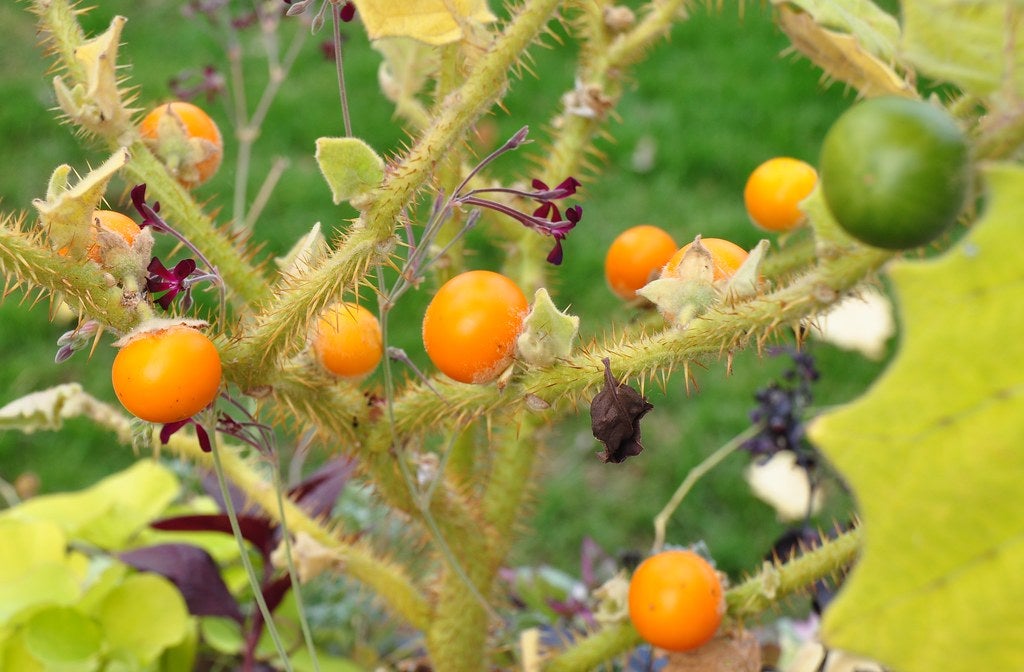 Naranjilla Pest Problems: What Are Common Naranjilla Pests
Naranjilla Pest Problems: What Are Common Naranjilla PestsThe naranjilla plant is a tough little tree, but it occasionally gets attacked by naranjilla pests, notably the root knot nematode. For information about naranjilla pest problems, including a list of bugs that eat naranjilla, this article can help.
By Teo Spengler
-
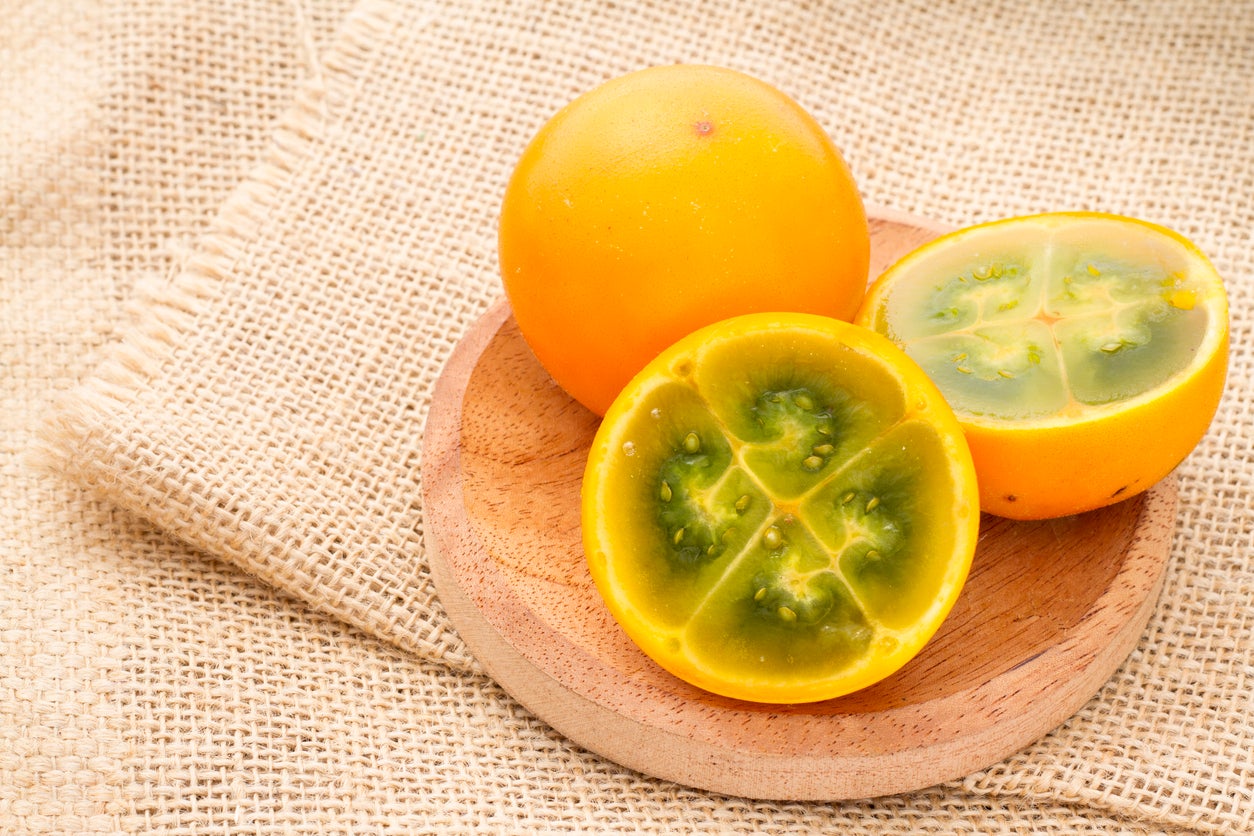 Picking Naranjilla Fruits: Tips For Harvesting Naranjilla
Picking Naranjilla Fruits: Tips For Harvesting NaranjillaNaranjilla fruit tends to be flavorless and unpleasant when unripe. However, it can be tangy and delicious if naranjilla harvest occurs at the optimum point of ripeness. So, how to you know when to harvest naranjilla? Learn more about harvesting this interesting fruit here.
By Mary H. Dyer
-
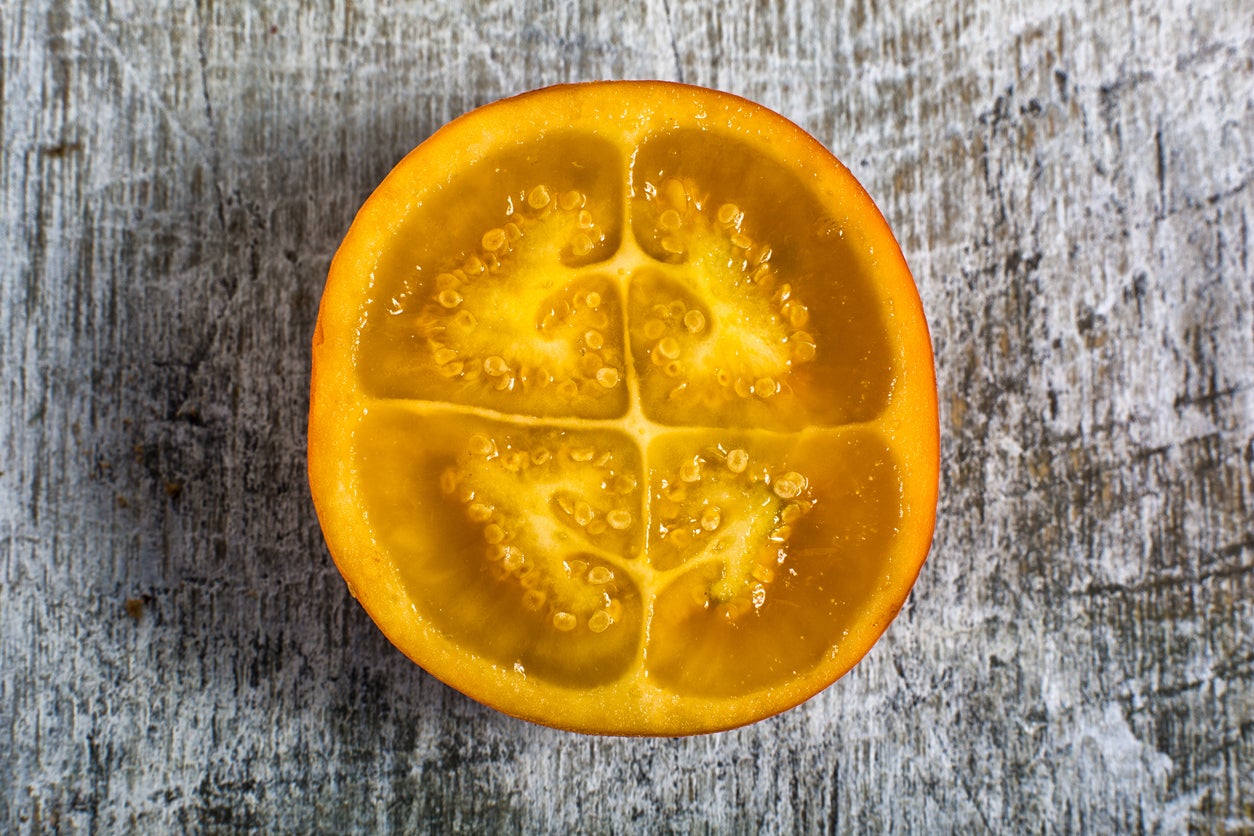 Naranjilla Seed Propagation – Learn How To Grow Naranjilla From Seed
Naranjilla Seed Propagation – Learn How To Grow Naranjilla From SeedIt’s a lot of fun to bring naranjilla into your garden, and inexpensive too, since you can easily grow naranjilla from seed. Click this article for information about naranjilla seed germination as well as tips for propagating naranjilla seeds.
By Teo Spengler
-
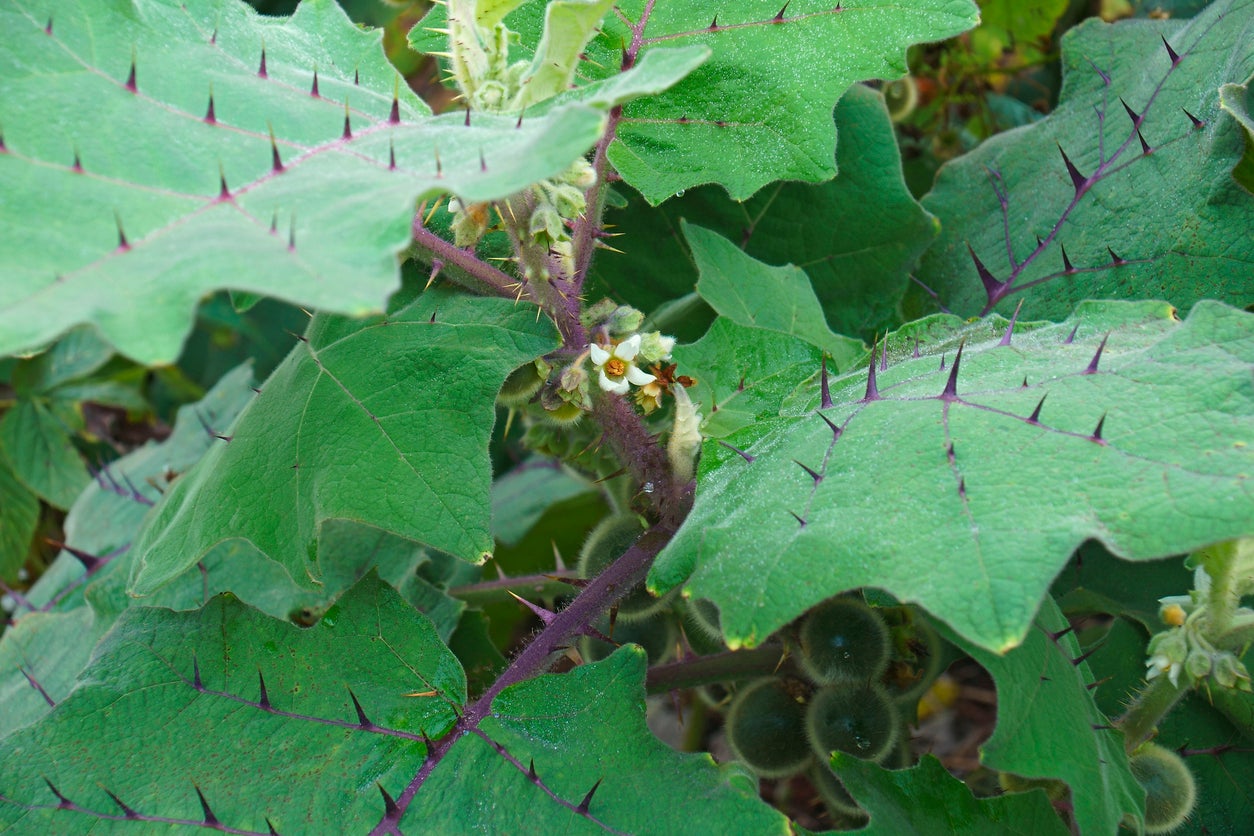 Naranjilla Layering Info: Learn How To Layer Naranjilla Trees
Naranjilla Layering Info: Learn How To Layer Naranjilla TreesInterested in learning how to layer naranjilla? Air layering, which involves rooting a naranjilla branch while it’s still attached to the parent plant, is surprisingly easy. Click on the following article to learn about naranjilla air layering propagation.
By Mary H. Dyer
-
 Growing Naranjilla From Cuttings – How To Root Naranjilla Cuttings
Growing Naranjilla From Cuttings – How To Root Naranjilla CuttingsCan you grow naranjilla from cuttings? Yes, you sure can, and it’s not all that difficult. Click on the following article to learn about naranjilla cutting propagation and growing naranjilla from cuttings.
By Mary H. Dyer
-
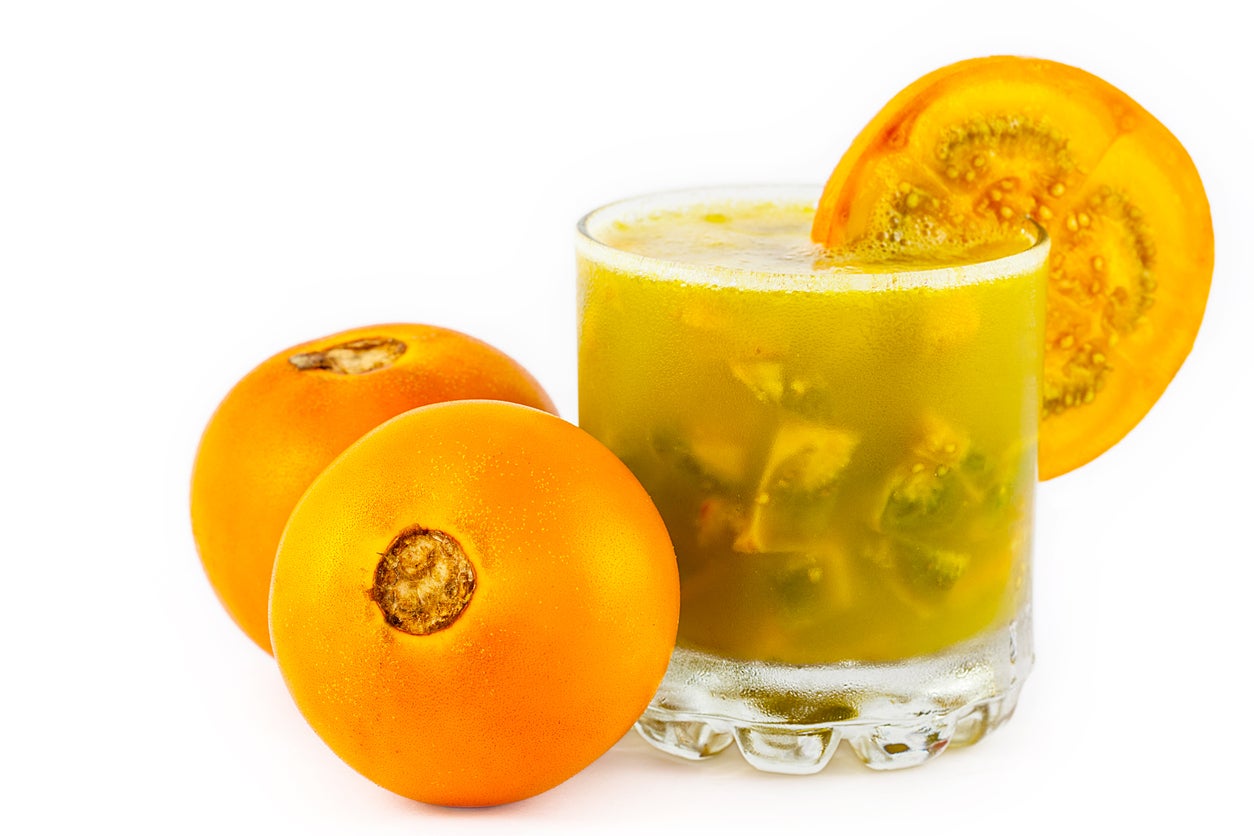 Eating Naranjilla – Learn How To Use Naranjilla Fruit
Eating Naranjilla – Learn How To Use Naranjilla FruitNaranjilla is indigenous to Colombia, Ecuador, Peru and Venezuela. If visiting these countries, it is highly recommended that you try eating it. Each culture has a different way of using naranjilla fruit; all are delicious. How do the locals use naranjilla? Find out here.
By Amy Grant
-
 Kinds Of Naranjilla Fruit: Are There Different Varieties Of Naranjilla
Kinds Of Naranjilla Fruit: Are There Different Varieties Of NaranjillaThere are three naranjilla varieties: spineless types of naranjilla cultivated in Ecuador, spined varieties of naranjilla grown primarily in Colombia and another type called baquicha. The following article discusses the three different naranjilla varieties.
By Amy Grant
-
 Naranjilla Disease Problems: How To Treat Sick Naranjilla Trees
Naranjilla Disease Problems: How To Treat Sick Naranjilla TreesNaranjilla is a fun subtropical shrub to grow in the home garden. But, if your shrub is showing signs of disease, it could die. Know the common diseases of naranjilla and how to handle them. This article will help get you started.
By Mary Ellen Ellis